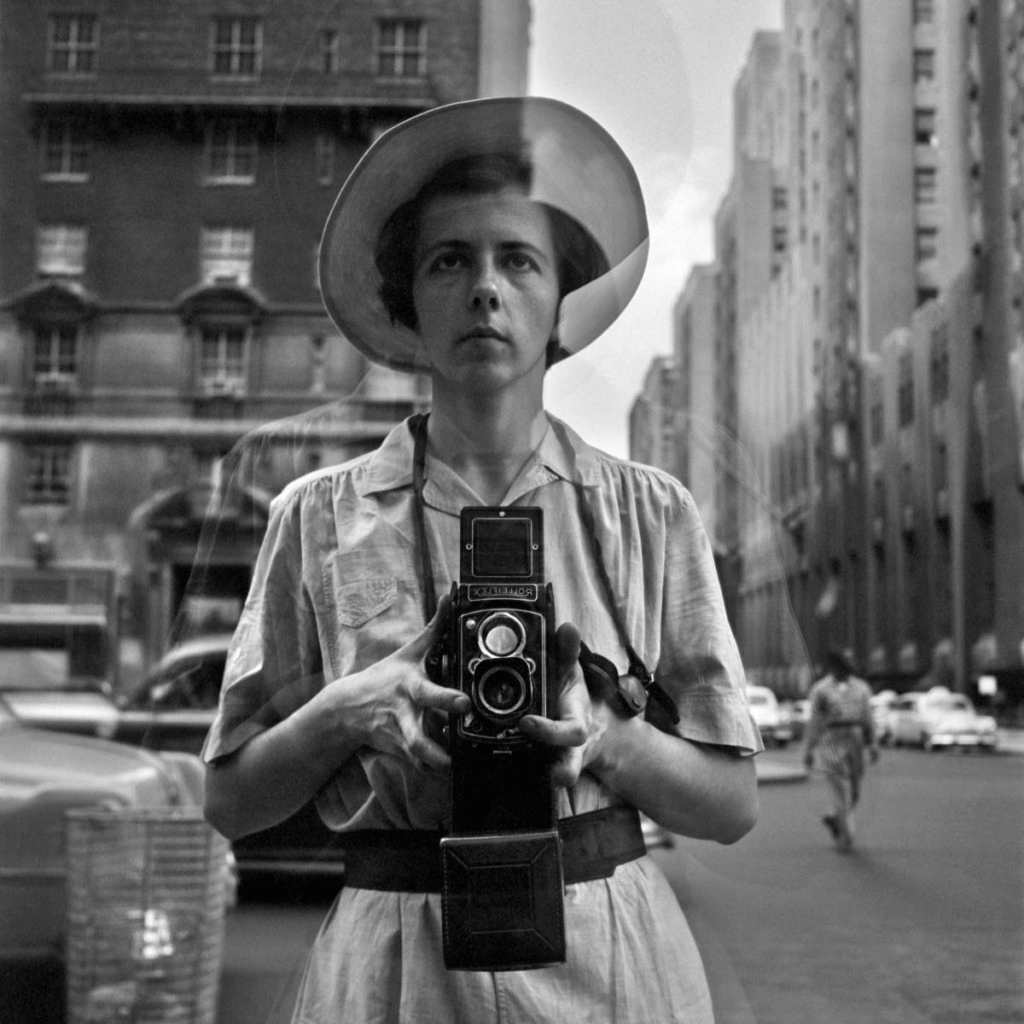An Unbiased View of Framing Streets
An Unbiased View of Framing Streets
Blog Article
What Does Framing Streets Mean?
Table of ContentsFraming Streets Can Be Fun For EveryoneThe Basic Principles Of Framing Streets The Ultimate Guide To Framing StreetsGetting The Framing Streets To Work5 Simple Techniques For Framing StreetsThe 30-Second Trick For Framing Streets
, normally with the goal of capturing pictures at a crucial or poignant minute by cautious framework and timing. https://445msov26n7.typeform.com/to/G0aYLLMd.
Some Known Questions About Framing Streets.
Susan Sontag, 1977 Road photography can concentrate on people and their habits in public. In this regard, the road photographer is similar to social documentary digital photographers or photographers who additionally work in public locations, however with the aim of capturing relevant occasions. Any one of these professional photographers' photos may catch individuals and residential property noticeable within or from public areas, which frequently involves browsing honest problems and regulations of privacy, security, and building.
Depictions of everyday public life form a genre in virtually every duration of globe art, starting in the pre-historic, Sumerian, Egyptian and early Buddhist art periods. Art managing the life of the street, whether within views of cityscapes, or as the dominant theme, shows up in the West in the canon of the Northern Renaissance, Baroque, Rococo, of Romanticism, Realistic look, Impressionism and Post-Impressionism.
The Main Principles Of Framing Streets
Louis Daguerre: "Blvd du Holy place" (1838 or 1839) In 1838 or 1839 the first photo of figures in the road was tape-recorded by Louis-Jacques-Mand Daguerre in among a set of daguerreotype sights drawn from his workshop window of the Blvd du Temple in Paris. The 2nd, made at the height of the day, reveals an uninhabited stretch of road, while the other was taken at regarding 8:00 am, and as Beaumont Newhall records, "The Blvd, so regularly full of a relocating crowd of pedestrians and carriages was perfectly solitary, other than an individual who was having his boots cleaned.
His boots and legs were well defined, but he is without body or head, because these were in activity." Charles Ngre, waterseller Charles Ngre. http://go.bubbl.us/de6c3c/6f37?/Framing-Streets was the first professional photographer to attain the technological refinement required to sign up individuals in motion on the road in Paris in 1851. Photographer John Thomson, a Scotsman dealing with reporter and social protestor Adolphe Smith, published Street Life in London in twelve regular monthly installations beginning in February 1877
Framing Streets Fundamentals Explained
Eugene Atget is considered a progenitor, not due to the fact that he was the first of his kind, but as a result of the popularisation in the late 1920s of his record of Parisian roads by Berenice Abbott, that was influenced to embark on a similar paperwork of New york city City. [] As the city established, Atget assisted to advertise Parisian streets as a worthwhile topic for photography.

9 Easy Facts About Framing Streets Described
The principal Mass-Observationists were anthropologist Tom Harrisson in Bolton and poet Charles Madge in London, and their very first record was generated as guide "May the Twelfth: Mass-Observation Day-Surveys 1937 by over two hundred viewers" [] Window cleaner at Kottbusser Tor, Berlin, by Elsa Thiemann c. 1946 The post-war French Humanist Institution photographers found their subjects on the road or in the restaurant. In between 1946 and 1957 Le Groupe des XV annually displayed job of this kind. Andre Kertesz. Circus, Budapest, 19 May 1920 Road photography formed the significant web content of two events at the Gallery of Modern Art (Mo, MA) in New York curated by this contact form Edward Steichen, Five French Professional Photographers: Brassai; Cartier-Bresson, Doisneau, Ronis, Izis in 1951 to 1952, and Post-war European Photography in 1953, which exported the idea of road digital photography internationally.

The Definitive Guide to Framing Streets
, after that an educator of young children, associated with Evans in 193839.'s 1958 book,, was considerable; raw and commonly out of emphasis, Frank's photos examined conventional photography of the time, "challenged all the official rules laid down by Henri Cartier-Bresson and Pedestrian Evans" and "flew in the face of the wholesome pictorialism and heartfelt photojournalism of American magazines like LIFE and Time".
Report this page